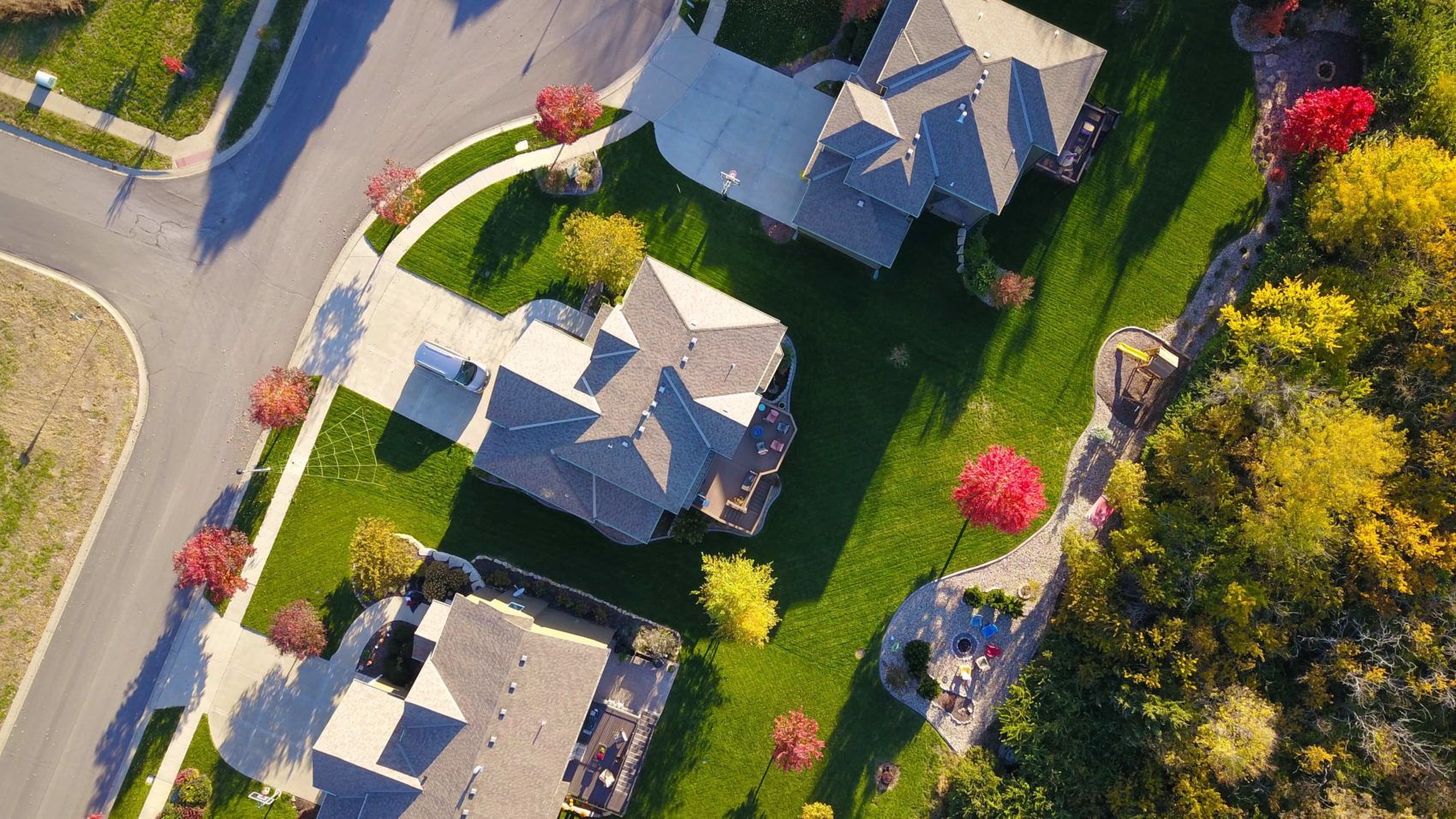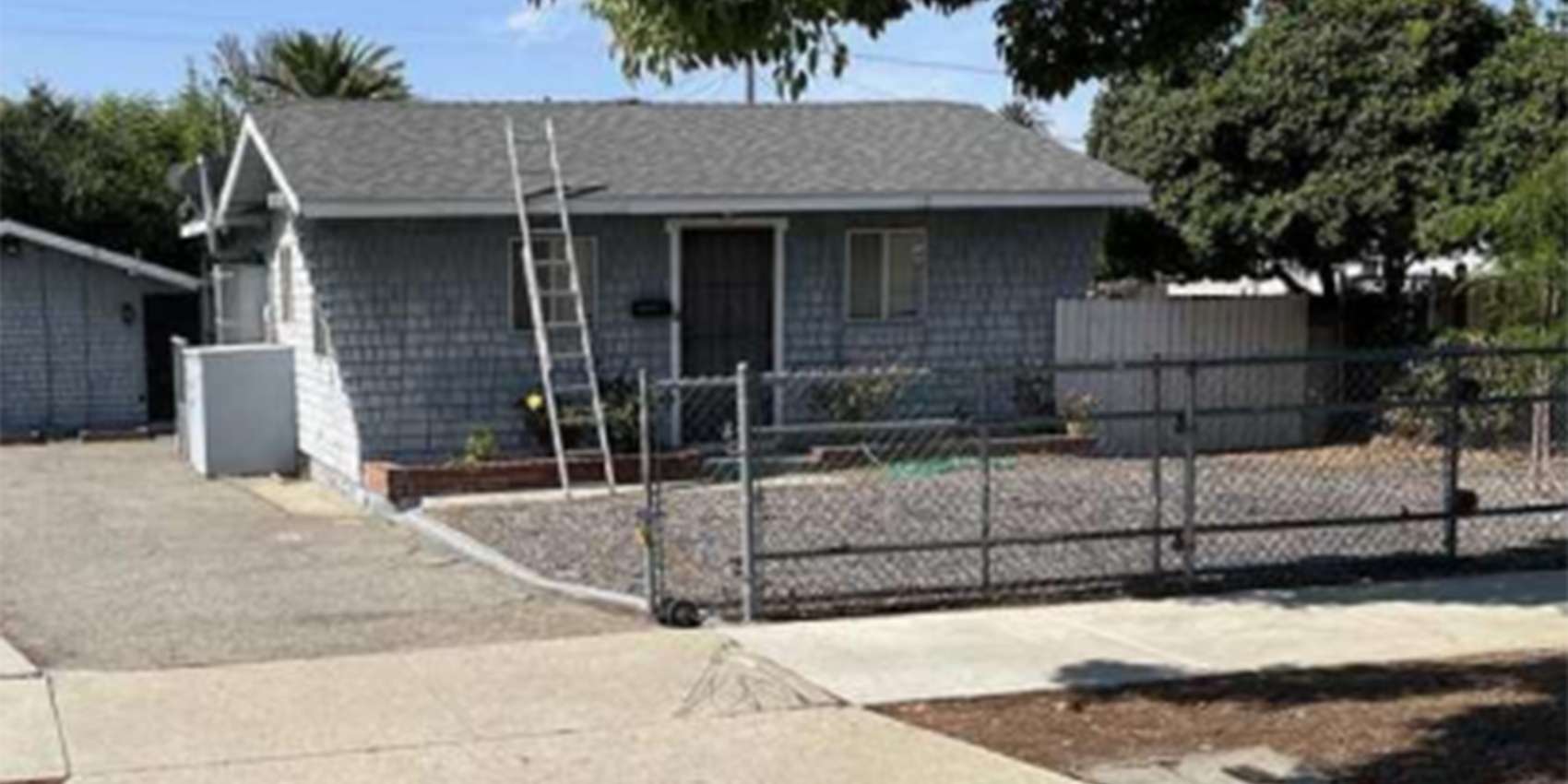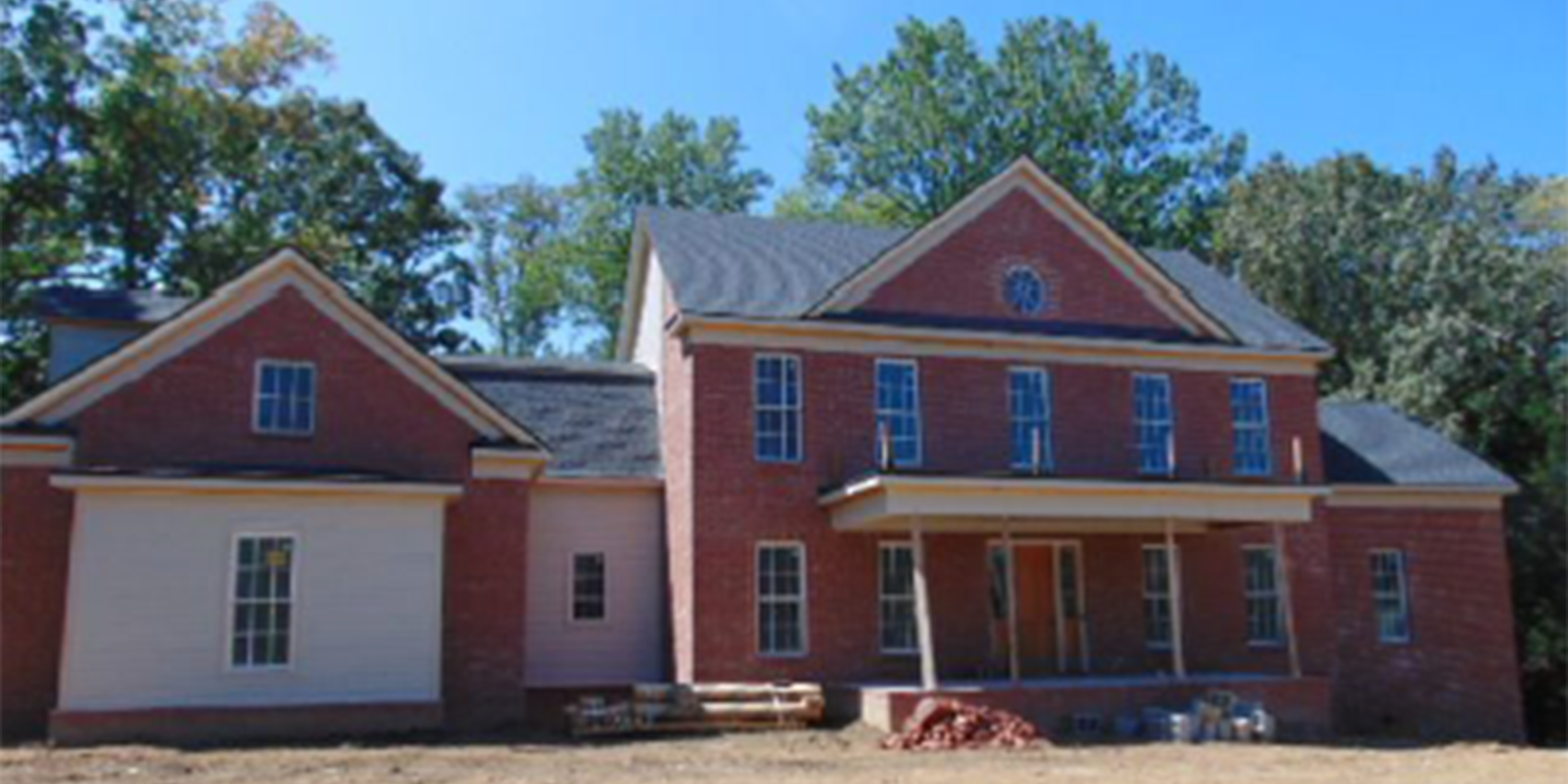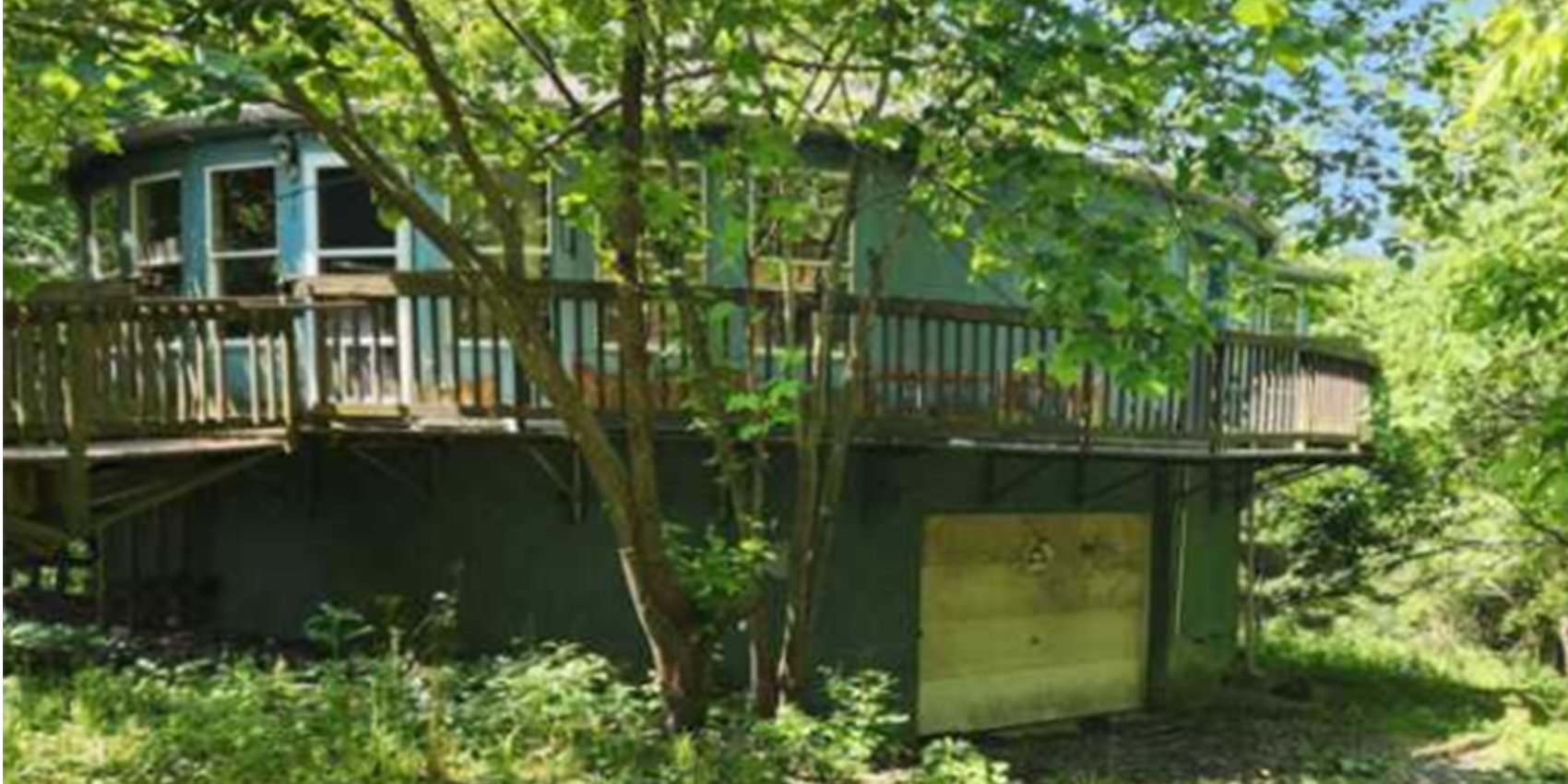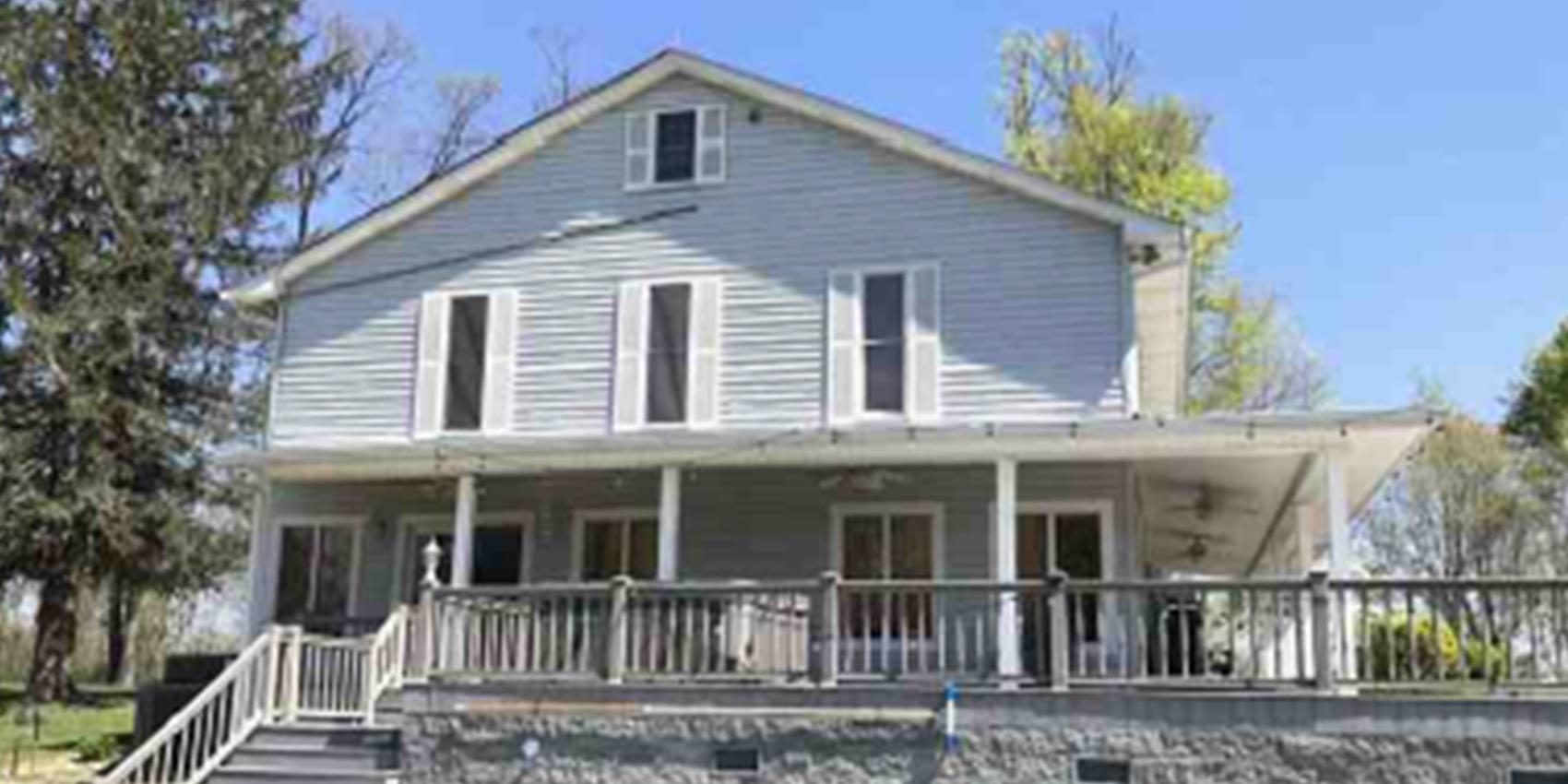Good News: People these days are living longer than their ancestors, thanks to advances in medicine and technology. Life expectancy tables from the US Census show that for a male born in 1940, his life expectancy is about 60 years; for a man born in 1960, that expectancy would be 67 years; and for someone born in 2000, about 74 years. For those facing retirement, or already there, that sounds like good news.
Right now we are living in the age of the Baby Boomers, those born between 1946 and 1964. This age cohort represents nearly 20% of the American population, or, over 76 million people—these are the ones entering into retirement today. In general, they have better health and energy, look forward to traveling or hobbies, or even to starting another career or business. They are vibrant and active.
The first of the baby boom generation began to retire in 2012 after spending their very successful careers paying social security taxes for years. Their parents’ and grandparents’ social security benefits were secure. However, as the longest-living generation in history, a greater proportion are entering into retirement than the previous generation, and therefore consuming social security benefits faster than the next generation can pay into it.

We’re getting to the Bad News now.
If Baby Boomers are expected to live well into their 80’s and 90’s, but still retire at 65, then they could have a many as 25 years or more of living expenses. Many are simply not prepared for that. With traditional retirement plans focusing on 401k’s and stock market investments while maybe hoping for Social Security benefits, it begins to look rather bleak for new retirees.
There are other circumstances to note, too, that conspire against their successful retirement: such as the dearth of traditional pensions from large corporations; the subprime meltdown of 2008 in the mortgage industry (and the following market crash, which left many of this generation scrambling to rebuild their nest egg); the fall away from regular savings while they tried to get back on their feet; the heavy borrowing against their home equity in an attempt to find a solution.
And then, there’s the 45% of boomers who have no money saved for retirement at all (although half of them did at one time). Of course, you could just not retire at all and keep on working until you’re 77. Or, you could move to Portugal where the cost of living is lower; or maybe Nebraska?
Here’s the Good News again!
While there might not be as much stability in the stock and bond markets as there used to be, and the realization has struck that Social Security might or, might not, be available; while many have lost their savings and pensions are a way of the past—there is hope! (Yes, really!)
In a report released in 2019 by the Insured Retirement Institute titled, “Boomer Expectations for Retirement,” respondents rated guaranteed income and guaranteed principal as the two most important traits of a retirement asset, ahead of traits such as rate of return and past performance.
There is an asset that comes pretty close to meeting those requirements.
We know that in investing, nothing is guaranteed, but diversifying your retirement plan to include real estate might be as close to a guarantee as you can get. Here’s why.
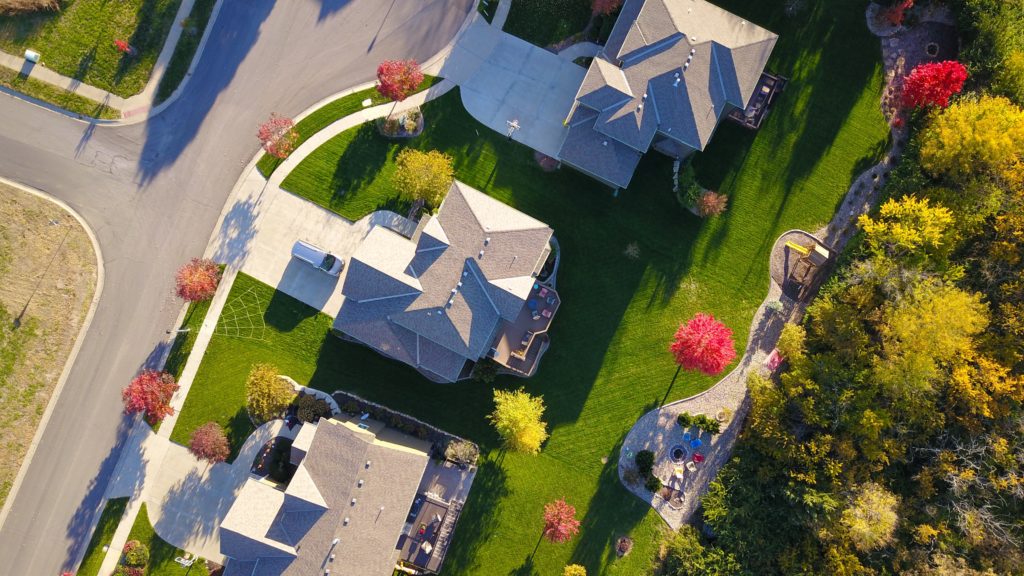
Once you invest into real estate you begin to realize a return on your money unlike that of the stock market or bonds. Real estate investing can give you a steady stream of income; it will diversify your portfolio, making it more stable; and it can give you funds with which you can buy other investment assets, thereby increasing your bottom line.
Real estate investments can offer huge tax advantages (depreciation, interest, repairs, etc.). In some cases you can leverage other people’s money to make mortgage payments (such as through rent income). Real estate generally appreciates in value and is a tangible asset that is not likely to disappear suddenly.
But note that regular investing in real estate differs somewhat from real estate investing for retirement. In retirement, you want to invest in properties that will give you an income stream. Of course, you can purchase, fix and flip, but not everyone has the stamina for that. You can purchase single-family homes and rent them out, but you might not realize a positive cash flow for years. It’s rental income that you’re looking for in retirement real estate investing.
Contrary to popular belief, there are many ways to invest in real estate that don’t include single family homes. Think about apartment buildings, retirement centers, senior living homes, commercial buildings, industrial parks, hospitality, retail and on and on.

Let’s say you invest in a commercial building, an apartment building or coliving building. In many cases you can expect to make about $400 to $1,000 per unit per month from rent income. If you own 20 units, that becomes $8,000 to $20,000 per month of income (this assumes the mortgage is paid off). Even if you own one four-plex you could make $1,600 to $4,000 per month, and that might be enough to pull you out of despair!
If you think you cannot afford to go out and purchase an apartment complex on your own, that’s okay. There are other ways to do it, such as real estate investment trusts, joint ventures, or syndications.
Make sure you know the area in which you want to invest, do your due diligence with the different investment vehicles available to you. And most of all, talk to a professional.
Real estate investing for retirement requires knowledge, experience and hard work. Or, it takes combining your passion for real estate with our knowledge and dedication to find the perfect fit for your portfolio. Let us level the field for you. Overcome real estate investing obstacles by partnering up with the professionals at Paradyme Funding. We have the experience; we’ve done the hard work; and we believe you can do this! Call us today.
